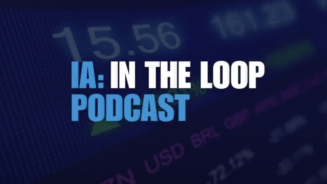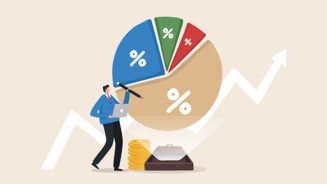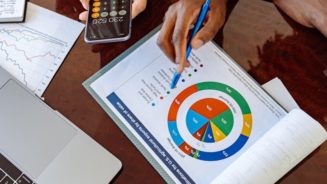UK rotations
On the UK, he highlights how there have been three significant rotations in terms of sectors and market cap concentrations in the wake of Brexit.
“It has been absolutely fascinating and at the same time incredibly difficult. In the first two weeks after Brexit there was a Pavlovian reaction. At a sectoral level everyone piled into defensive stocks, such as healthcare, oil and big dollar earners.
“It was simple, you had to get the hell out of financials and retailers, but from 7 July through to the end of August, you had the polar opposite.”
In those first two weeks after Brexit the top 15 stocks of the FTSE 350 by market cap were up by 1%, delivering all the performance, while the other 335 stocks were down by between 4% and 5%.
But from 7 July through to the end of August, the top 15 stocks did not move and gave a zero return. All of the performance since then has come from the remaining 335 stocks.
“We think markets are a bit rich and my major concern, looking at the FTSE 250 in particular, is that analysts are asleep at the wheel in terms of their 2017 earnings per share forecasts. In other words they are flatlining, and something has to give.”
Lawlor says the US economy still has the best growth characteristics of any of the big economies. “My biggest worry is that early next year there will be another bout of anxiety about whether the ECB’s QE strategy is working. We will have had 12 months of very aggressive QE and, if growth is around 1%, people will say the QE plan has not moved the needle one jot in terms of growth.
“The reason European QE is not working is partly due to Brexit, but QE is based on cranking up the credit cycle in Europe, and the ECB is having great difficulty in getting that transmission channel to work, because the European banks are in a terrible state.
“We are living through an epic period of economic history, both in what is going on in Europe and with Brexit.
“We have got to see it as a domino effect that is just working its way through the system. Europe is the major systemic risk out there, and long term that is how we are viewing the world.”




